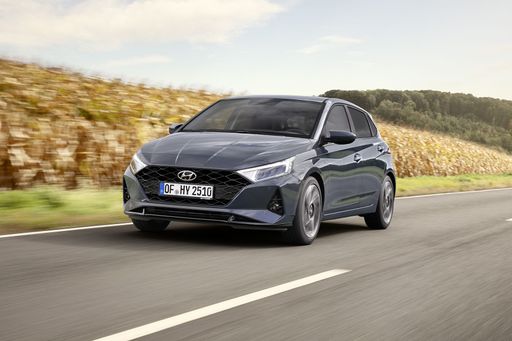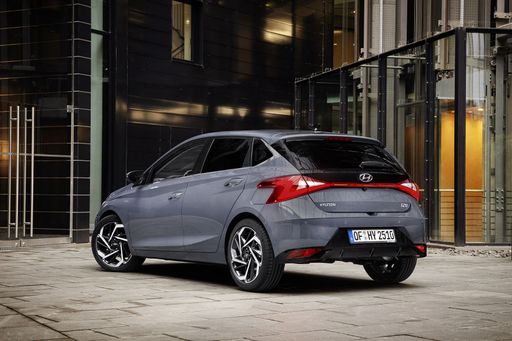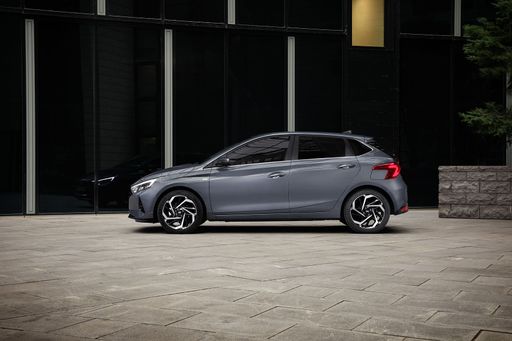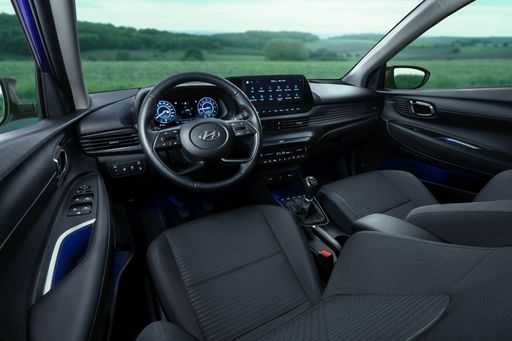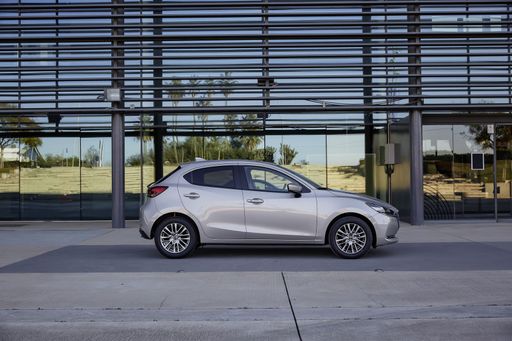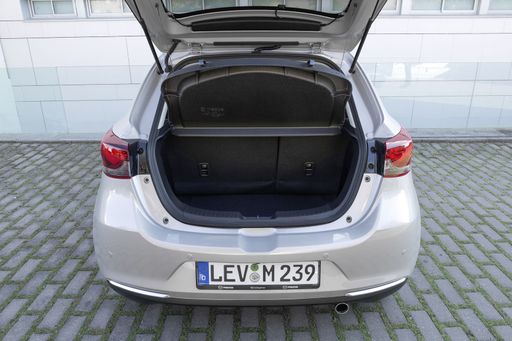The Battle of the Hatchbacks: Hyundai i20 vs Mazda 2
In the ever-competitive world of compact hatchbacks, two names stand out: the Hyundai i20 and the Mazda 2. Known for their dependable performance, modern features, and stylish design, both cars appeal to a wide array of drivers. Let's dive deeper into a side-by-side comparison of these two popular hatchbacks, examining their technical specifications and the innovations that set them apart.


